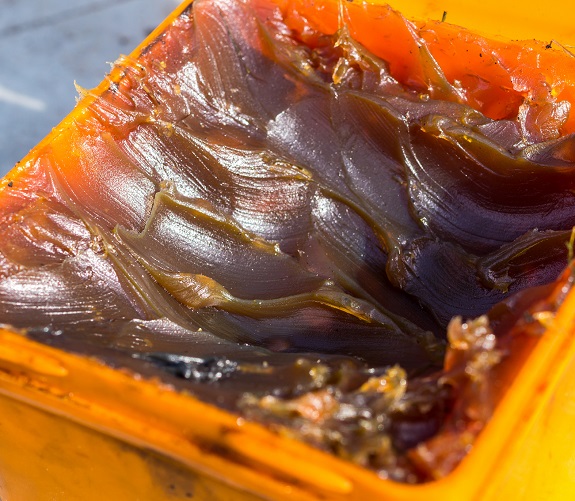Lanolin generally refers to the refined form of wool grease. Interestingly, wool grease, the term commonly used, is somewhat misleading. Chemically, the greasy raw material is a wax rather than a fat due to the absence of glycerol content found in body fat.

Wool grease is a complex mixture of esters, di-esters, and hydroxy esters resulting from the condensation of high molecular weight lanolin alcohols with lanolin fatty acids. Upon saponification of lanolin, the following components can be identified:
Around 1% to 8% of the fatty acids and 6% to 12% of the alcohols exist in their free, unbound form. Additionally, up to 5% of the weight comprises emulsified water. It can also contain traces of the following:
Wool grease undergoes refinement to yield lanolin and various lanolin derivatives, including lanolin alcohol, lanolin oil, lanolin acid, and ethoxylated lanolin. These substances possess exceptional emulsifying and emollient properties, making them highly valued as moisturising ingredients in cosmetic and medical formulations, particularly for skin and hair care products. Moreover, wool grease finds diverse applications in different industries, encompassing:
Furthermore, this environmentally friendly and fully biodegradable substance can serve as a substitute for mineral oil, extending its utility even further.
The chemical composition of wool grease, along with the presence of residual impurities, can vary significantly based on the quality, origin, and isolation procedure of the sheep’s wool. At ImperialOel, we understand these variations and offer a diverse range of product qualities that can be customised for your specific requirements. This allows us to provide you with customised options, ensuring it meets your exact needs.
| Colour | Brownish to brownish-greenish |
| Acid value (mg KOH/g) | <= 8.0 |
| Saponification value (mg KOH/g) | 80 – 120 |
| Drop point (°C) | 35 – 45 |
| Peroxide value (meq/kg) | |
| Water absorption (%) | |
| Butylated hydroxytoluene (BHT) (ppm) | |
| Individual organochlorine pesticides (ppm) | |
| Individual other pesticides (ppm) | |
| Total pesticides content (ppm) |

Marco Heins
Product Manager

Marco Heins
Product Manager
Chris Kommerowski Sales Director
Marco Heins Product Manager
Kruna Ramljak Product Manager
Christina Wegener Logistics & Sales Manager
Petra Pingel Logistics Manager
Julian Gruß Logistics Manager